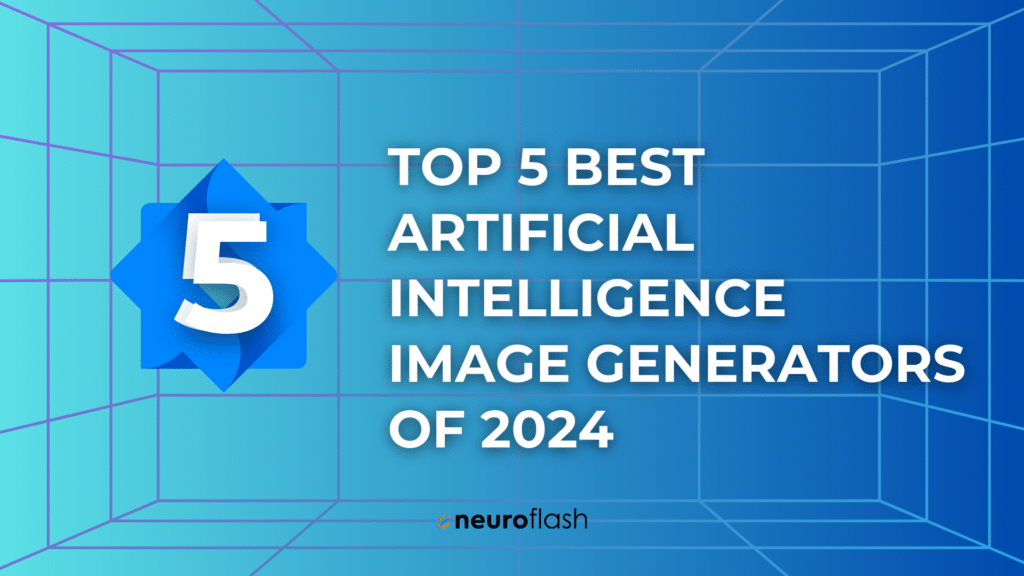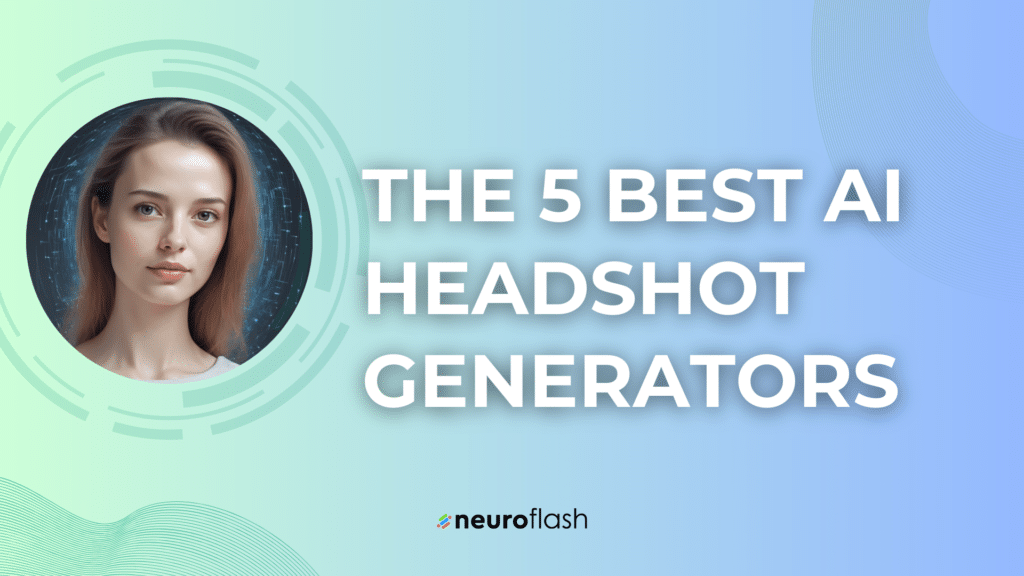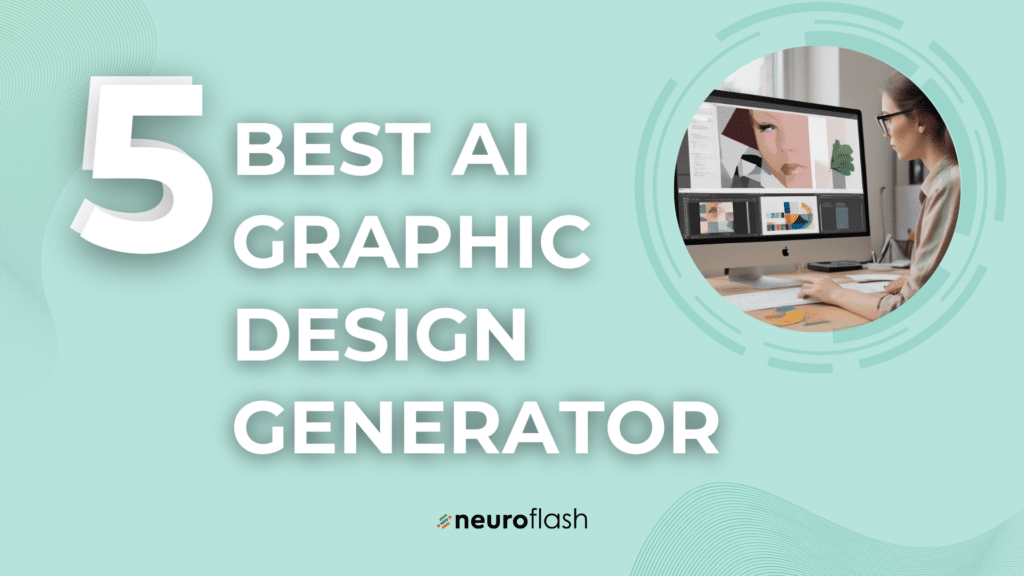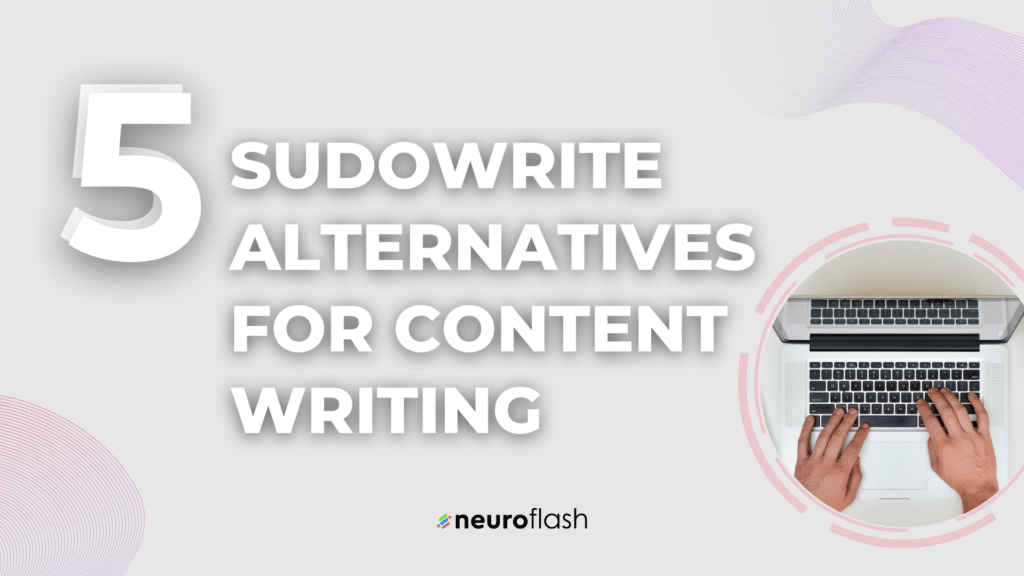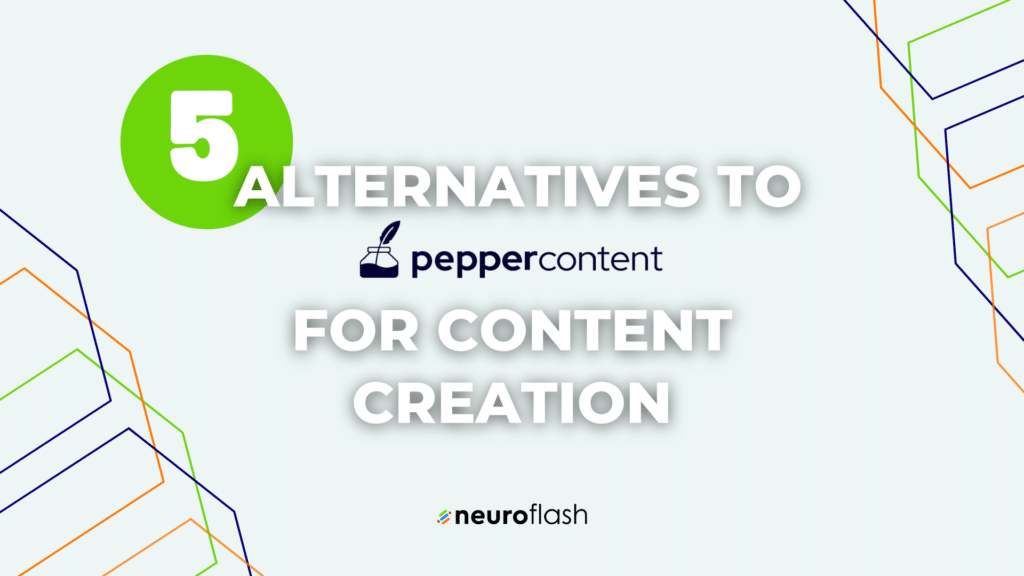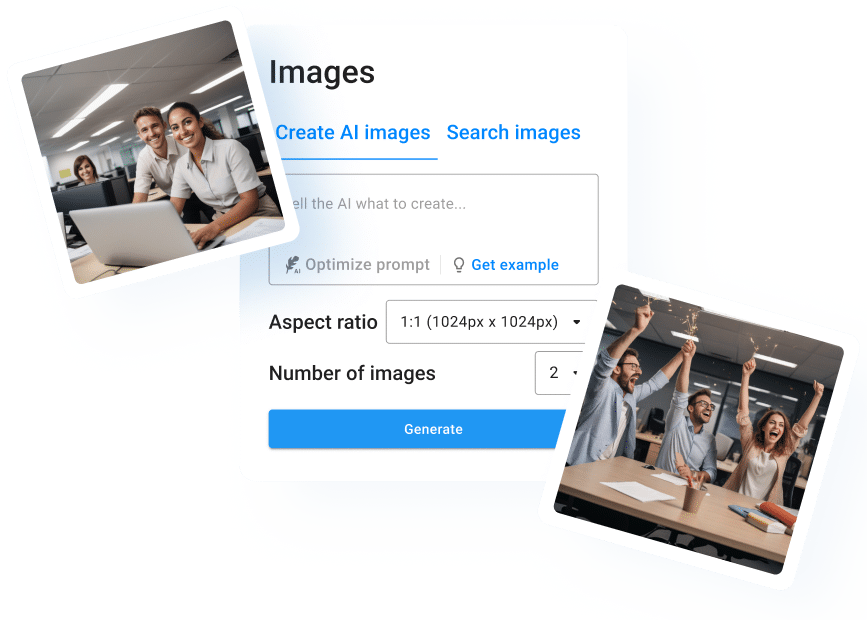Artificial intelligence (AI) is becoming an increasingly important factor in the creation of images. However, have you ever wondered how these images are actually created?
Data Collection – How AI systems gather images and data to make predictions
AI systems rely on large datasets to learn and make predictions. These datasets may be collected from various sources, such as public image datasets or user-generated content. Once collected, the data is labeled and pre-processed before being used for model training.
One AI system that is commonly used for image creation is DALL-E. DALL-E was created by OpenAI and is capable of generating images from textual descriptions.
In addition to collecting and labeling data, AI systems may also use data augmentation techniques to generate more diverse and robust datasets for model training.
For example, AI-generated images may be used to train models in fields such as healthcare or autonomous driving.
Pre-processing – How AI systems prepare the data for analysis and prediction
Once data is collected, it must undergo pre-processing to prepare it for analysis and model training. Pre-processing steps may include resizing and cropping images, removing noise, and normalizing pixel values.
Another commonly used pre-processing technique is data augmentation. This involves generating new data by applying transformations to existing data, such as rotating or flipping images.
Pre-processing is a crucial step in image creation, as it can greatly impact the accuracy and quality of AI-generated images.
Feature Extraction – How AI systems pick out relevant features to create a detailed representation
Feature extraction involves selecting relevant features from pre-processed data to create a detailed representation. These features may include color, texture, or shape.
AI systems vary in how they perform feature extraction, with some using handcrafted features and others using deep learning techniques.
For example, Convolutional Neural Networks (CNNs) are commonly used for feature extraction in image generation. CNNs are capable of automatically learning features from images and are widely used in computer vision applications.
Model Training – How AI systems learn and refine the model to generate accurate images
Once features are extracted, AI systems use them to train models for image generation. Model training involves feeding pre-processed data into a machine learning algorithm and adjusting the model parameters to optimize performance.
Generative adversarial networks (GANs) are commonly used in image generation. GANs consist of a generator and a discriminator network, which work together to generate new images that are realistic and indistinguishable from real images.
Model training can be a time-consuming process, as it requires a large amount of data and computing power. However, once a model is trained, it can be used to generate new images on demand.
Image Generation – How AI systems create images that are both realistic and imaginative
Finally, image generation involves using a trained model to create new images. AI systems may create images from scratch, or they may be used to modify existing images.
AI-generated images can be used in a variety of applications, such as art, advertising, or e-commerce. However, the ethical implications of using AI-generated images must also be considered, particularly in regards to the potential for fake visual content.
Useful Tips:
- Choose the right type of AI system for your specific image creation needs.
- Make sure to pre-process data properly before feeding it into an AI system.
- Consider using deep learning techniques for feature extraction.
- Use GANs for model training for realistic and imaginative image generation.
- Be aware of the ethical implications of using AI-generated images.
Related Questions:
1. How does AI learn to recognize and classify different objects in an image?
AI systems use machine learning algorithms and computer vision techniques to learn to recognize and classify different objects in an image. This involves first collecting and labeling large datasets of images with corresponding object labels. The machine learning algorithm is then fed with these labeled images, and it uses them to learn to recognize patterns and features that distinguish different objects. Once the algorithm has learned to recognize these features, it can classify new images based on these learned patterns.
2. Can AI generate art that is indistinguishable from human-made art?
AI-generated art can be incredibly realistic and it can be difficult to distinguish between AI-generated art and human-made art. However, there are certain stylistic features and nuances that AI may struggle to replicate, particularly in regards to the emotional and cultural significance of art. Therefore, while AI-generated art can be very impressive, it is not a complete replacement for human creativity and expression.
3. How can we ensure that AI-generated images are ethical and do not promote harmful biases?
Ensuring that AI-generated images are ethical and do not promote harmful biases requires careful consideration of the dataset used for model training. The dataset should be diverse and representative of different groups, and ethical guidelines should be implemented to prevent the promotion of harmful stereotypes or biases. Additionally, testing and validation of the model should be performed to ensure that it does not exhibit any unintended biases.
Other People Asked:
1. What machine learning algorithms are commonly used to generate AI images?
There are several machine learning algorithms that are commonly used to generate AI images, such as generative adversarial networks, autoencoders, and variational autoencoders. Each algorithm has its own strengths and weaknesses, and the choice of algorithm depends on the specific image generation task at hand.
2. Can AI be trained to replicate a specific art style in its generated images?
Yes, AI can be trained to replicate a specific art style in its generated images. This involves using style transfer techniques, which involve transferring the style of one image onto another. Style transfer can be used to create images that are reminiscent of particular artists or artistic styles.
3. What role do generative adversarial networks (GANs) play in creating AI images?
Generative adversarial networks (GANs) are commonly used in creating AI images. GANs consist of a generator and a discriminator network, which work together to generate new images that are realistic and indistinguishable from real images. The generator network creates new images, while the discriminator network evaluates whether these images are real or not. Through this process, the generator network learns to create images that are increasingly realistic and similar to real images.
4. How do AI algorithms interpret and learn from existing images to create new ones?
AI algorithms interpret and learn from images by extracting relevant features, such as color, texture, and shape. These features are then used to train a machine learning model, which isable to generate new images based on the learned patterns. The algorithms use various techniques such as deep learning, GANs, and style transfer to create realistic and imaginative images. However, ethical considerations around biases and fake content must also be taken into account. As AI technology continues to progress, the possibilities for image creation and manipulation will only continue to grow. It is up to us to use this technology in a responsible and ethical manner.
Conclusion
In conclusion, the creation of AI-generated images involves several stages, including data collection, pre-processing, feature extraction, model training, and image generation. AI systems rely on large datasets and use machine learning algorithms to learn and make predictions. Pre-processing and feature extraction are crucial steps in creating accurate and high-quality AI-generated images. Model training involves adjusting model parameters to optimize performance, and generative adversarial networks are commonly used for realistic and imaginative image generation.
While AI-generated images have many potential applications, it is important to consider the ethical implications of their use, particularly in regards to fake visual content and biases. Ensuring that AI-generated images are diverse, representative, and do not promote harmful stereotypes or biases is crucial. Furthermore, it is important to recognize that while AI-generated art can be incredibly realistic, it cannot completely replace human creativity and expression.
As AI technology continues to advance, the possibilities for image creation and manipulation will only continue to grow. However, we must utilize this technology responsibly and ethically, considering the potential impact on society and individuals. By doing so, we can harness the power of AI-generated images to create unique and impactful visual content for various applications.









